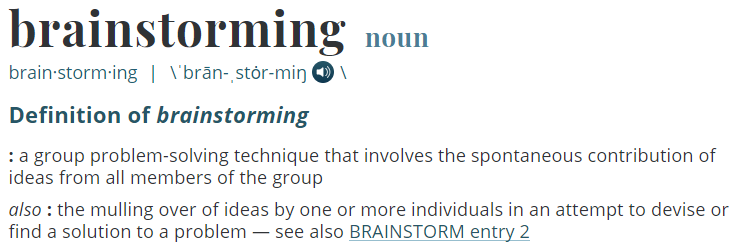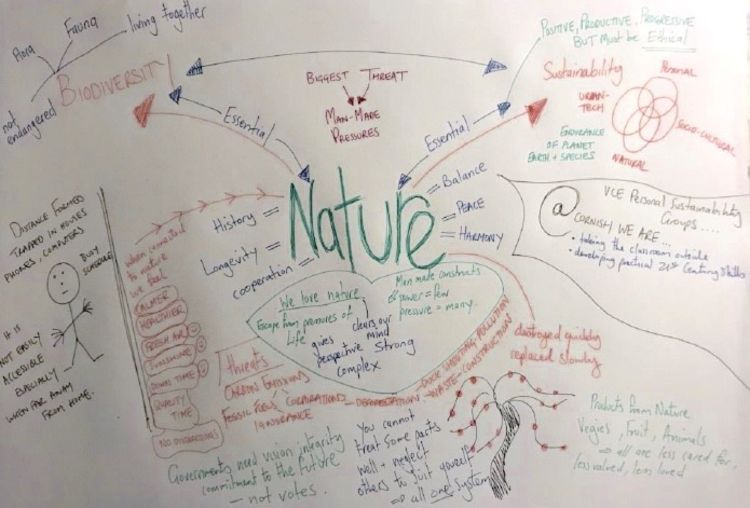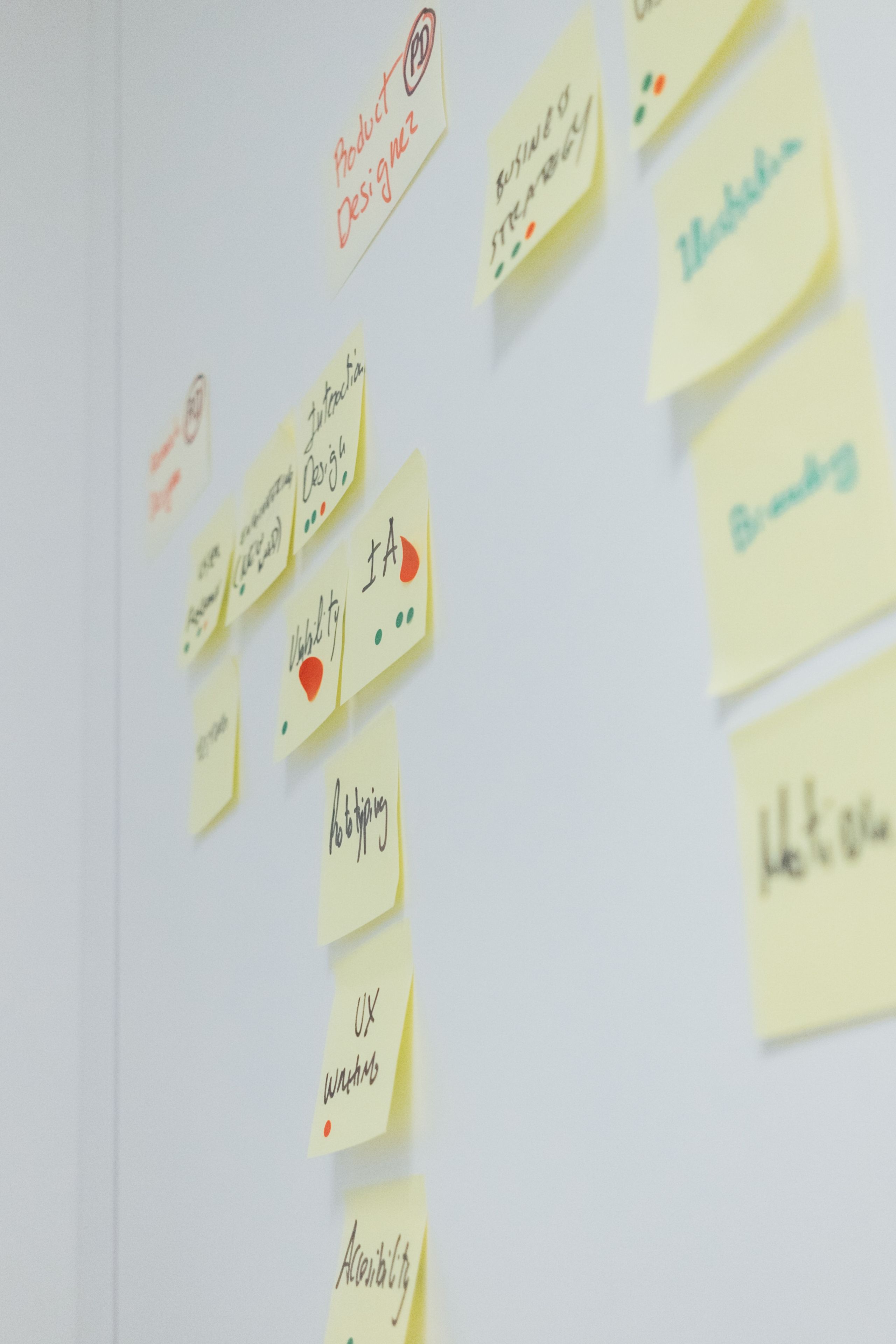Brainstorming:
An Introduction
Experiential Education

What is Brainstorming?
The Merriam-Webster Dictionary Defines Brainstorming in the following way:

Activity:
Please do a google search of ‘problem solving techniques’ and make a note of what comes up in addition to brainstorming.You can do this in a workbook created for this module, or, if you prefer, just keep in a notebook or journal.
Workbook
A desktop search of definitions of brainstorming shows it is a technique for:
- Group thinking sessions (where all ideas are collected)
- Stimulating creative thinking
- Spontaneous participation
- Group problem-solving (around a specific question or challenge)
- Generating new ideas or creative solutions (drawing on lateral thinking/thinking outside the box)
- Ensuring all ideas are captured and nothing is criticised or critiqued until the later analysis stage
Please keep in mind however, that you can do brainstorming individually to generate ideas.

Why Brainstorm?
- It is an effective technique for generating as many ideas as possible to address a specific problem, drawing on the knowledge of every person in the group
- It is a proven method for identifying solutions after exploring a broad list of options
- You can develop your problem-solving skills, creative thinking skills and lateral thinking skills, but group brainstorming also places you in a position to develop communication and team work skills
- You also learn how to analyse and evaluate when it comes to drawing out the key themes
In Short, Brainstorm to:
- Stimulate thought
- Generate solutions
- Produce ideas
- Create options
- Solve problems
Activity:
Please make a note of the range of skills that you develop when you brainstorm. You can do this in the workbook created for this short module. Or in a notebook or journal.

How the Brainstorming Looks
Based on the guidelines above, you would expect a brainstorm to look something like the picture below (or messier!):

To see other examples of brainstorming please click here.
Some Other Approaches To Brainstorming
There are many different approaches to recording what the group says in a brainstorming session. The above guide and pictures suggests documenting it all on a whiteboard or paper. To give you an idea of other ways of approaching the brainstorm and recording it, three other options are included below.
Brain Writing: This technique is the same as the guidelines above EXCEPT that participants write all of their ideas (based on the question asked) on an unlimited number of sticky notes. After a set period of time, all participants place their sticky notes onto a big whiteboard, or scattered out on a large table. From there, the sticky notes can be grouped (for similarities), the facilitator can ask more questions, and the group can add more if warranted.
Round Robin Brainstorming – This technique is the same as the guidelines suggest above EXCEPT that the group forms a circle and the facilitator goes around each participant one by one to collect their idea. The facilitator continues to go around the circle until participants have run out of ideas!
Rapid Ideation – This technique is fast-tracking the brainstorming as the facilitator provides the group with information on the topic e.g. this is the project idea, here is the budget, these are the other resources, we have these time frames etc. Then a time is set for writing down all the thoughts that everyone has on the topics. Members of the group can write ideas anywhere i.e. butchers paper, sticky notes, a whiteboard, blank paper, on templates, on computers etc.

Recap And Resources
The Main Purpose of Brainstorming is to:
- Generate the largest list of creative ideas or options possible
- Evaluate them, and
- Make a decision on the best.
The Hoped for Result of Brainstorming is:
To find a solution to a well-defined problem or challenge after a range of options has been considered.
Activity
Please take an hour or so now to practice brainstorming certain problems and then uploading your work to the workbook created for this module or keep with your notes or journal.
See how many ideas you can come up with to solve:
- climate change
- homelessness
- poverty
- the spread of COVID-19
- excessive waiting lists in hospitals
Or find another problem to solve, project to unpack or topic to brainstorm ideas around.

References
Mind Tools:<https://www.mindtools.com/brainstm.html >.
Brainstorming Video:<https://www.youtube.com/watch?v=V-uDOier1RQ >.
Remember Everything:<https://remembereverything.org/real-meaning-of-brainstorming/ >.
Templates:<https://status.net/templates/brainstorming-template-worksheet-chart/ >.
Merriam-Webster: <https://www.merriam-webster.com/dictionary/brainstorming >.
